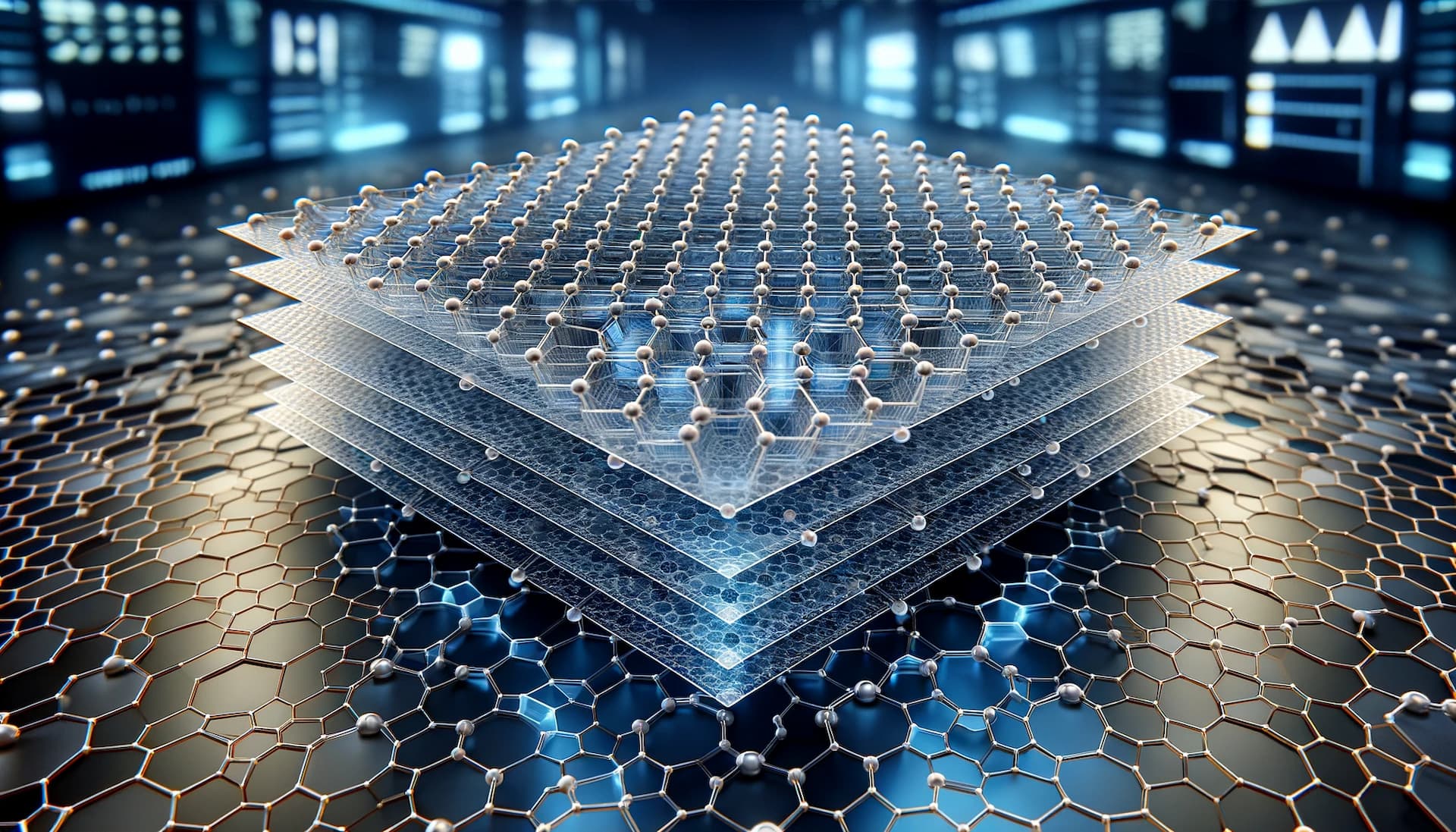In the annals of human history, revolutions have often been marked by tumultuous upheavals, a clashing of forces, resounding with the echoes of change. Yet, as we stand at the crossroads of a new era, a different kind of revolution is taking place – one that is almost imperceptible, silent, yet potentially more transformative than any that have come before. This is the revolution of neutrino energy, an unassuming hero in the narrative of renewable energy.
Our journey towards understanding this quiet revolution begins not in the vast power plants or the whirring turbines of wind farms, but rather in the infinitesimal world of subatomic particles. It is a world that exists beyond the limits of human perception, where particles like neutrinos travel through the cosmos, passing through galaxies, stars, planets, and even our bodies, unnoticed and undisturbed. These ghostly particles, known for their elusive nature, are now at the forefront of a groundbreaking technological leap – the harnessing of neutrino energy for power generation.
As we embark on this exploration, it is crucial to comprehend the sheer scale of this phenomenon. Every second, trillions of neutrinos penetrate every square inch of the Earth’s surface. They originate from the sun’s fiery core, from the distant stars, and even from the remnants of supernova explosions. Their journey, spanning light-years and epochs, brings them to our doorstep, carrying with them the potential to redefine our relationship with energy and the environment.
The Emergence of Neutrinovoltaic Technology
This leads us to the crux of our narrative – the environmental impact of harnessing these celestial wanderers for power generation. The concept of neutrinovoltaic technology, a term that might sound like a concoction from a science fiction novel, is in fact a burgeoning reality. This pioneering technology, conceived and brought to life by the innovative private and scientific enterprise, the Neutrino Energy Group, masterfully transforms the kinetic energy harnessed from neutrinos and various forms of non-visible radiation into electrical power. Yet, the question arises: How does this process, which appears to have leaped straight from the theoretical physics’ annals, manifest into concrete environmental advantages?
The environmental footprint of energy production has long been a subject of intense scrutiny and concern. Traditional sources of energy, such as fossil fuels, have left indelible marks on our planet, from the scars of extraction to the pollution of our air and waters. Renewable energy sources like solar and wind power have emerged as beacons of hope in this landscape, yet they too come with their own set of limitations, primarily their dependency on weather conditions and daylight.
Enter neutrinovoltaic technology. Its first and most significant environmental impact is its ability to generate power independently of external natural conditions. Unlike solar panels that rely on sunlight or wind turbines that need wind, neutrinovoltaic cells do not require specific weather conditions to function. This means they can generate electricity continuously, day and night, in any weather, and even underwater or underground. This consistent energy generation capability presents a monumental shift in how we think about renewable energy’s reliability and availability.
The Eco-Friendly Nature of Neutrinovoltaic Power Generation
One of the most compelling aspects of neutrinovoltaic technology is its minimal environmental impact in terms of operation and maintenance. The process of converting neutrino energy into electrical power is clean and emission-free. There is no combustion of fossil fuels, no release of greenhouse gases, and no contribution to air pollution. This clean energy production stands in stark contrast to the carbon footprint of conventional power sources and even edges out some renewable sources in terms of overall environmental impact.
Moreover, the infrastructure required for neutrinovoltaic power generation is remarkably unobtrusive. Neutrinovoltaic cells, composed of ultra-thin layers of graphene and silicon, can be integrated into existing structures or even everyday objects without the need for vast tracts of land or alterations to landscapes. This aspect of neutrinovoltaic technology is particularly crucial in densely populated urban areas, where space is at a premium and the adverse effects of air pollution are most acutely felt.
Sustainable and Long-term Environmental Benefits
The long-term environmental benefits of neutrinovoltaic technology are profound. By providing a steady, reliable source of clean energy, it paves the way for reducing our reliance on fossil fuels and mitigating the effects of climate change. This technology’s potential to contribute to a more sustainable and environmentally conscious future cannot be overstated.
Furthermore, the integration of neutrinovoltaic technology into the global energy mix can aid in the preservation of natural habitats and ecosystems. Traditional energy production methods, such as hydroelectric power, often require significant environmental alterations, such as damming rivers, which can have far-reaching effects on local ecosystems. Neutrinovoltaic technology, with its minimal physical and ecological footprint, offers a harmonious alternative, allowing us to harness energy without disrupting the natural world.
Neutrinovoltaic Technology: A Catalyst for Change
As we explore the environmental impact of neutrinovoltaic-based power, it becomes increasingly clear that this technology is not just about generating electricity. It is about reimagining our energy infrastructure, about creating a world where our power needs are met without compromising the health of our planet. It is a vision of a future where technology and nature coexist in a delicate balance, powered by the invisible, ceaseless stream of neutrinos.
The silent revolution of neutrinovoltaic technology brings with it the promise of a cleaner, more sustainable world. Its potential to transform our energy landscape while preserving our environment is not just a theoretical possibility but a tangible, achievable future. As this technology continues to evolve and integrate into our lives, it stands as a testament to human ingenuity and our unyielding pursuit of harmony with the natural world. The story of neutrino energy is more than just a narrative of scientific advancement; it is a beacon of hope, a glimpse into a future where the energy we use is as clean and boundless as the universe from which it originates.


